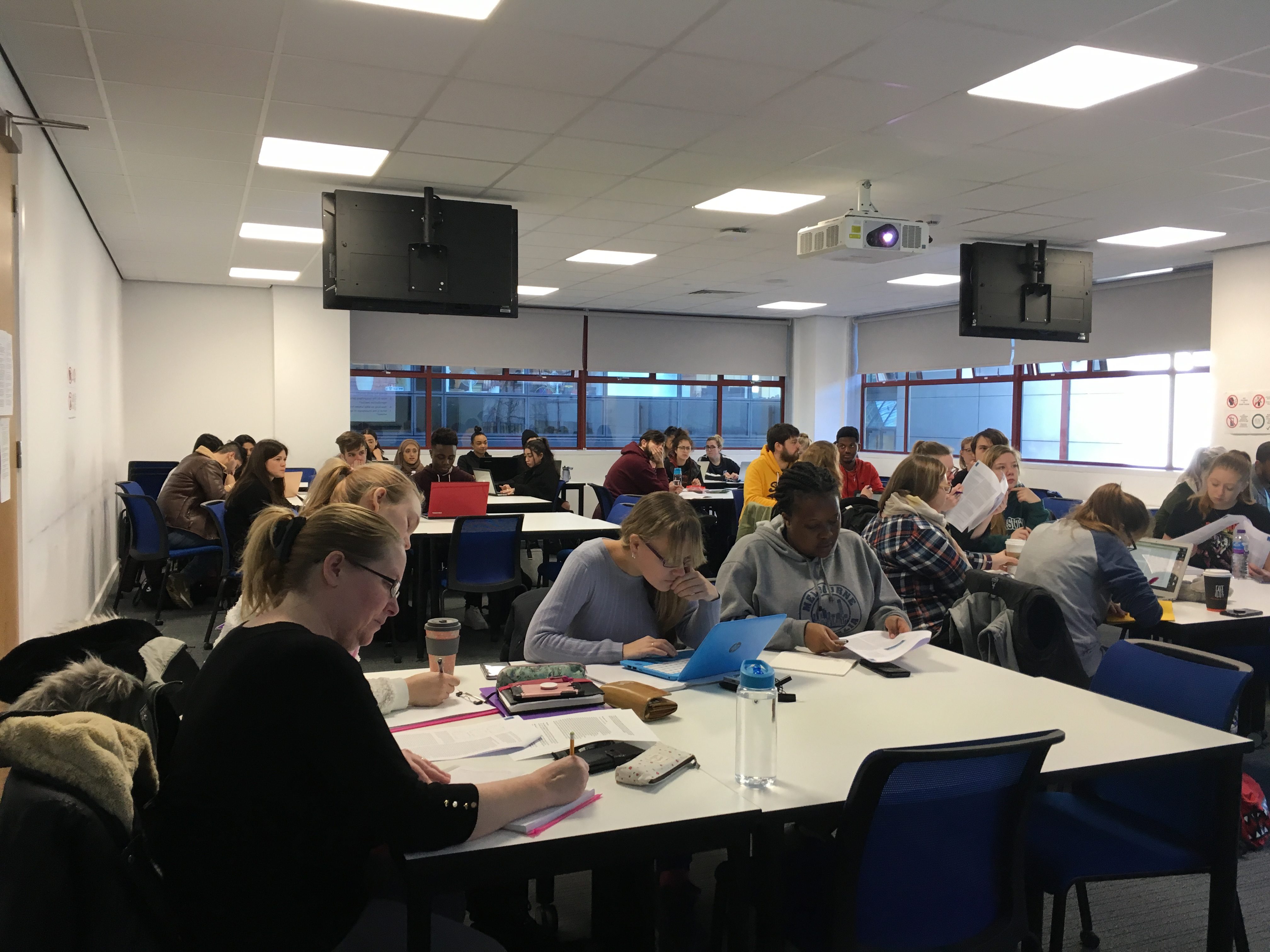#DavidAttenborough
Dr Ian Turner, Associate Professor in Learning and Teaching at the University of Derby, talks to ERA about how turning the sound down can actually help to improve communication.

When teaching a module called Science Communication, it is only natural to think about the various ways in which the general public access science. A 2014 survey by Ipos Mori showed that 68% of people accessed most of their science through TV, mainly through documentaries and news broadcasts. When trying to help students understand these resources, what better way than using them as part of a teaching session?
One session in our Science Communication module is focused on nature documentaries, specifically the incredibly popular and impactful shows such as Blue Planet and the Life series that are narrated by Sir David Attenborough. In the session, our collective aim is to understand why David Attenborough is considered a pioneer of science communication through looking at and reflecting on his TV work.
For this session, we use Box of Broadcasts (BoB), an on-demand TV (and radio) tool used in Education. BoB allows registered users to access recorded programmes and search through their broadcast archive. There are also transcripts available, and educators can store playlists and create short clips and clip compilations for use in teaching.
Learning from Silence
In this example we used a small two-minute clip featuring the foraging behaviour of a redshank from the Trials of Life: Finding Food. The exercise we undertake is interesting; we first watch the clip with no audio and discuss its merits. The usual conclusion here is that the clip’s impact is drastically reduced without the audio commentary. I then show the clip again, asking students to write their own script, some of which are then shared to the class whilst the clip is rolling (dramatic voices are optional!) Here, students realise how difficult it is to create a convincing and compelling commentary.
The final part of the exercise is reading the original script, downloaded from BoB, and hearing Attenborough’s commentary. We use this alongside some scholarly research to understand the techniques used by David Attenborough and the programme script writers such as narrative, dramatic, and augmentation techniques to maximize the impact of the programme.
The Value of Effective Narrative
We finish the session with one last David Attenborough clip, this time the iconic whale versus seal sequence from The Trials of Life. This time students critique the whole piece, both audio and visual, to understand the artistic merits of such programmes. This open discussion often highlights techniques including; the cameras point of view, the realism, anthropomorphism of the animals, repeating key principles, and the subtle use of sound to invoke emotional responses. It is interesting that this second exercise often appreciates the dramatic silence, i.e. pausing to allow you absorb the breath-taking images on-screen, in contrast to the first exercise where the silence felt painful.
In sessions like this, allowing students to actively explore and learn using real TV footage adds massive value to the session – it makes it more enjoyable as well!
About the Author
Dr Ian Turner is the Associate Professor in Learning and Teaching at the University of Derby.
Email: i.turner@derby.ac.uk
Twitter: @DocWithTheSocs
